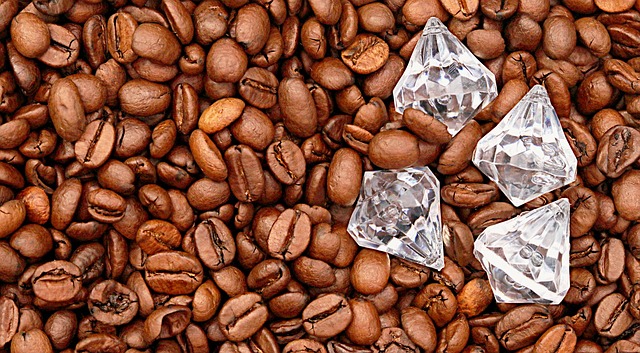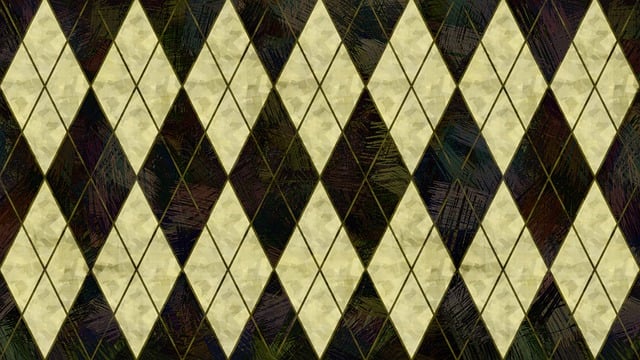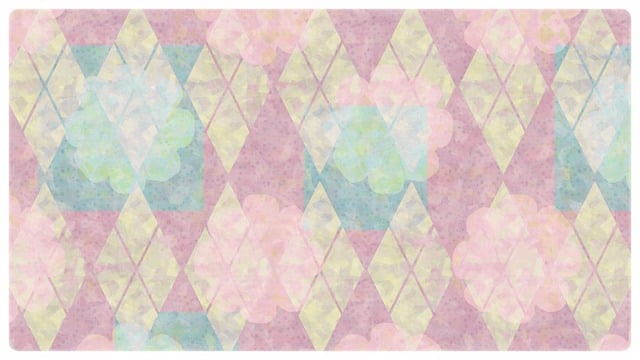Understanding diamond grading is vital for buyers seeking expert guidance. Diamond buyers cater to diverse preferences, considering clarity, color, cut, carat weight, and unique imperfections like chips or breaks. Reputable diamond buyers work with appraisers to accurately value stones, offering fair prices based on repairability or rarity. Ethical buying practices promote sustainability by reducing waste and appealing to conscious consumers seeking eco-friendly options, challenging traditional aesthetics with unique designs highlighting natural inclusions.
Diamond buyers often encounter a dilemma when presented with broken or chipped diamonds. While these defects can negatively impact a stone’s beauty and value, market demand persists for such gems. This article explores the intricate world of diamond grading, buyer preferences, and ethical considerations. We delve into the factors that influence purchases, the role of expert appraisers, and the distinction between repairable and irreparable damage, guiding diamond buyers in making informed choices.
- Understanding Diamond Grading and Defects
- Market Demand for Broken Diamonds
- Factors Affecting Buyer Preferences
- The Role of Expert Appraisers
- Repairable vs Irreparable Damage
- Ethical Considerations for Diamond Buyers
Understanding Diamond Grading and Defects

When assessing a diamond, potential buyers often need to understand the intricacies of grading and how defects are evaluated. The process of grading diamonds involves examining various factors, including clarity, cut, color, and carat weight, which collectively determine a diamond’s value. Defects, such as chips or breaks in the gemstone, can significantly impact this assessment. However, not all inclusions are detrimental. Some minor imperfections, like small scratches or nicks, might go unnoticed to the naked eye and may even add character to the stone.
Diamond buyers, especially those with expertise, recognize that each diamond is unique. While a crack or chip could be a concern for some, others may appreciate these natural variations. The presence of defects doesn’t necessarily devalue a diamond; instead, it becomes a factor in negotiation and pricing. Understanding these nuances allows buyers to make informed decisions, ensuring they get the best value for their investment when purchasing from a reputable diamond buyer.
Market Demand for Broken Diamonds

In the world of diamonds, it might seem counterintuitive for a diamond buyer to consider purchasing broken or chipped gems. However, there is a significant market demand for these unique pieces, often driven by individuals seeking affordable alternatives or specific designs that incorporate imperfections as part of their aesthetic appeal. Diamond buyers play a crucial role in catering to this niche market, offering opportunities for both ethical sourcing and creative jewelry design.
The concept of incorporating broken diamonds into jewelry has gained traction, challenging traditional notions of beauty and value. This trend is particularly appealing to those who appreciate one-of-a-kind pieces or support sustainable practices, as it allows them to own a diamond without the environmental impact associated with new mining and cutting processes. Thus, diamond buyers specializing in these unique gems contribute to a growing preference for eco-conscious and unconventional choices in the jewelry industry.
Factors Affecting Buyer Preferences

When it comes to purchasing diamonds, the preferences of buyers can vary greatly depending on several factors. One common misconception is that diamond buyers exclusively seek flawless gems. However, the reality is much more nuanced. While diamond buyers do value clarity and quality, they also consider other aspects like color, cut, and carat weight, each playing a significant role in determining the overall price and appeal of a diamond.
In addition to these traditional factors, the aesthetic preferences of individual buyers come into play. Some diamond buyers appreciate unique characteristics that set a diamond apart, including natural inclusions or subtle chips. These imperfections can add character and personality to a diamond, making it more appealing to buyers who prefer one-of-a-kind pieces. Moreover, the setting and design of the jewelry also influence purchasing decisions, as these factors can mask or highlight certain flaws, further impacting the overall beauty and desirability of the diamond.
The Role of Expert Appraisers

When considering whether a diamond buyer will purchase broken or chipped diamonds, it’s crucial to understand the role of expert appraisers. These professionals are trained to assess the quality and value of diamonds, including those with imperfections. They employ specialized techniques and knowledge to determine a diamond’s potential for repair, reselling, or repurposing. An appraiser can help diamond buyers make informed decisions by evaluating factors like the extent of damage, rarity of the diamond, and market demand.
Expert appraisers play a vital role in navigating the complexities of diamond grading. They consider not just the visible flaws but also the internal structure and overall integrity of the stone. This meticulous process ensures that diamond buyers receive fair valuations, even for diamonds with chips or breaks. By understanding the expertise involved, potential buyers can trust that they are making sound judgments when considering the purchase of less-than-perfect diamonds from reputable diamond buyers.
Repairable vs Irreparable Damage

When a diamond is damaged, it’s often categorized as either repairable or irreparable. Repairable damage refers to issues like chips, cracks, or shallow scratches that can be professionally repaired. These types of diamonds are still highly valuable and sought after by many diamond buyers, as the repair process can restore them to their former beauty and brilliance. The cost of repair varies depending on the extent of the damage and the specific needs of the diamond.
Irreparable damage, on the other hand, includes deep cracks, severe scratches, or structural failures that cannot be mended without compromising the diamond’s integrity. While these diamonds may have reduced value compared to undamaged stones, they still hold significance for certain types of jewelry designs where the imperfection can become a unique feature. Diamond buyers consider each stone individually, weighing the potential for repair against the overall quality and rarity of the gemstone.
Ethical Considerations for Diamond Buyers

When it comes to purchasing diamonds, especially from ethical perspectives, the role of a diamond buyer is multifaceted. Beyond ensuring the quality and authenticity of the gem, buyers must navigate complex moral considerations. One pressing question that arises frequently is whether they acquire broken or chipped diamonds.
In an industry where perfection is often valued highly, it might seem counterintuitive for diamond buyers to engage with imperfect stones. However, many ethical buyers recognize the importance of responsible sourcing and upcycling. They understand that a chipped diamond, provided it retains its structural integrity, can be just as valuable and beautiful as a flawless one. By embracing these imperfections, they contribute to a more sustainable practice, reducing waste and giving new life to precious materials. This approach aligns with the growing trend among conscious consumers who prioritize eco-friendly and ethical choices in their purchases.
When it comes to purchasing diamonds, a diamond buyer’s decision to acquire broken or chipped gems is influenced by various factors. While some defects can be repaired, others may render the stone irreparable. Expert appraisers play a crucial role in grading and assessing these imperfections, ensuring ethical practices in the market. Despite the demand for unique or repairable pieces, many diamond buyers still prioritize flawless stones due to their perceived value and aesthetic appeal. Ultimately, the choice depends on individual preferences and the willingness to consider alternative, ethically sourced options.
